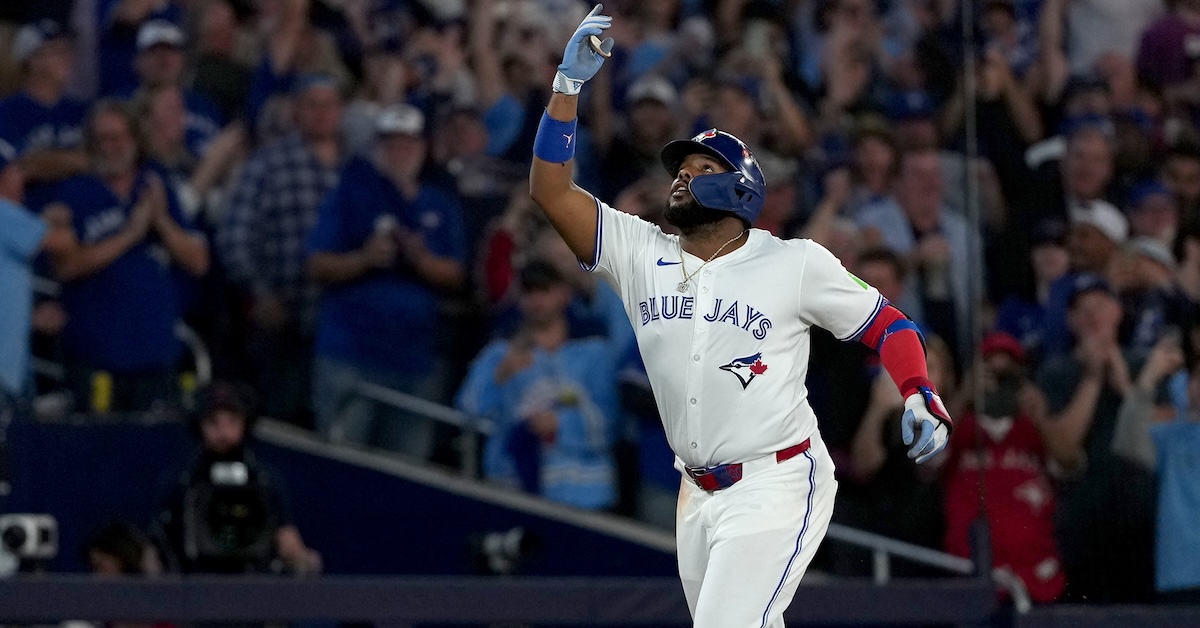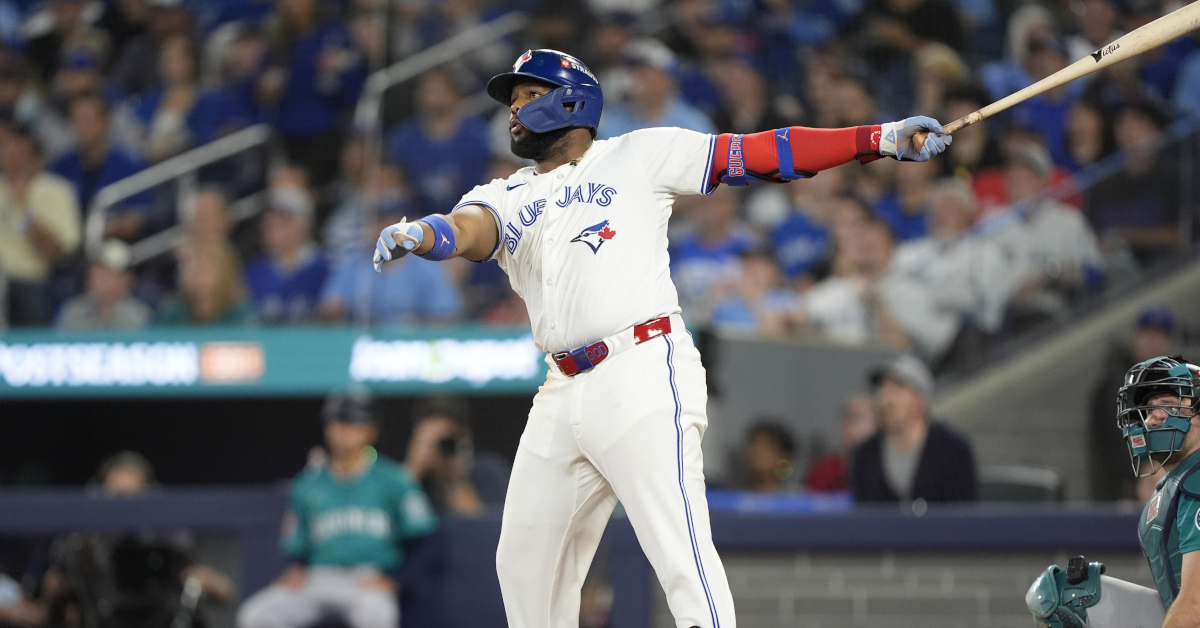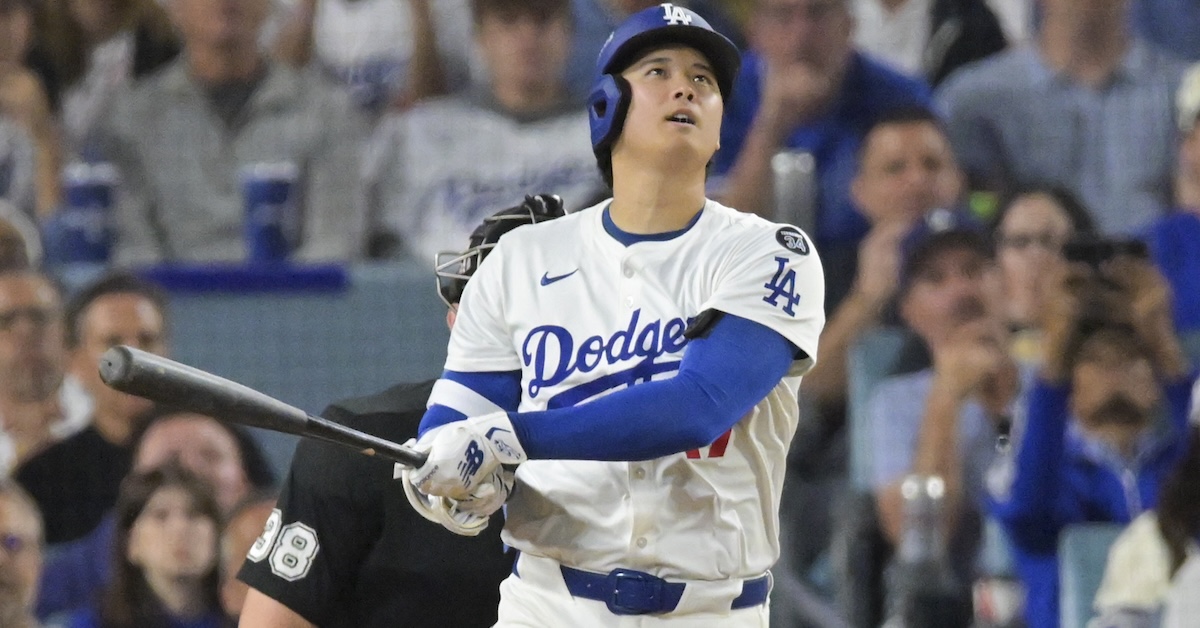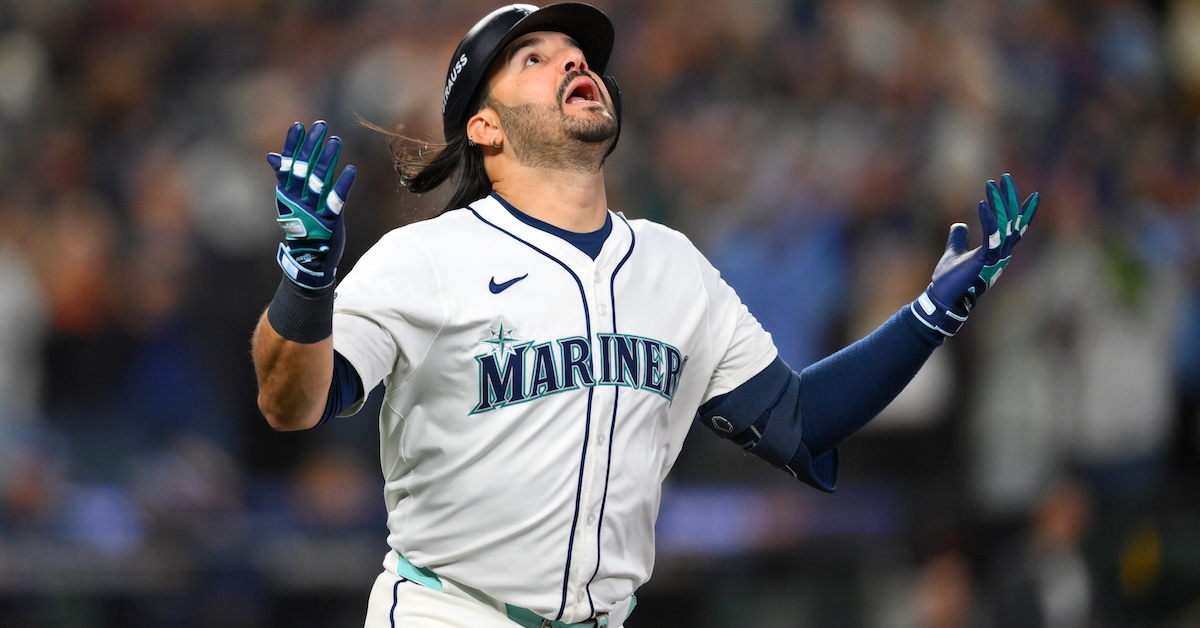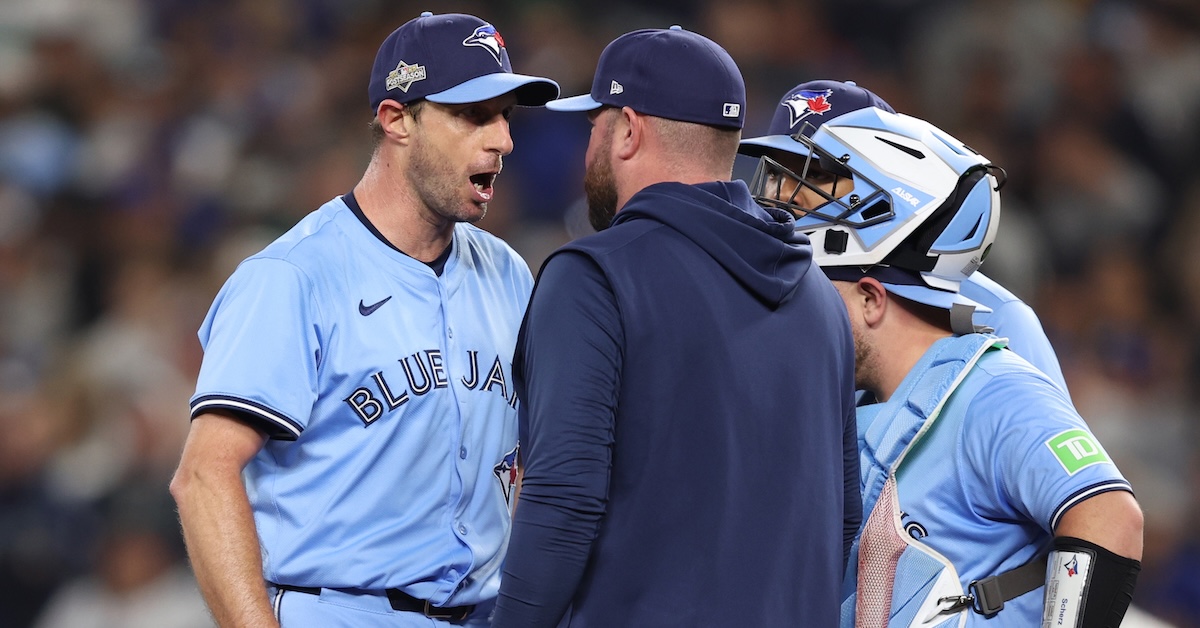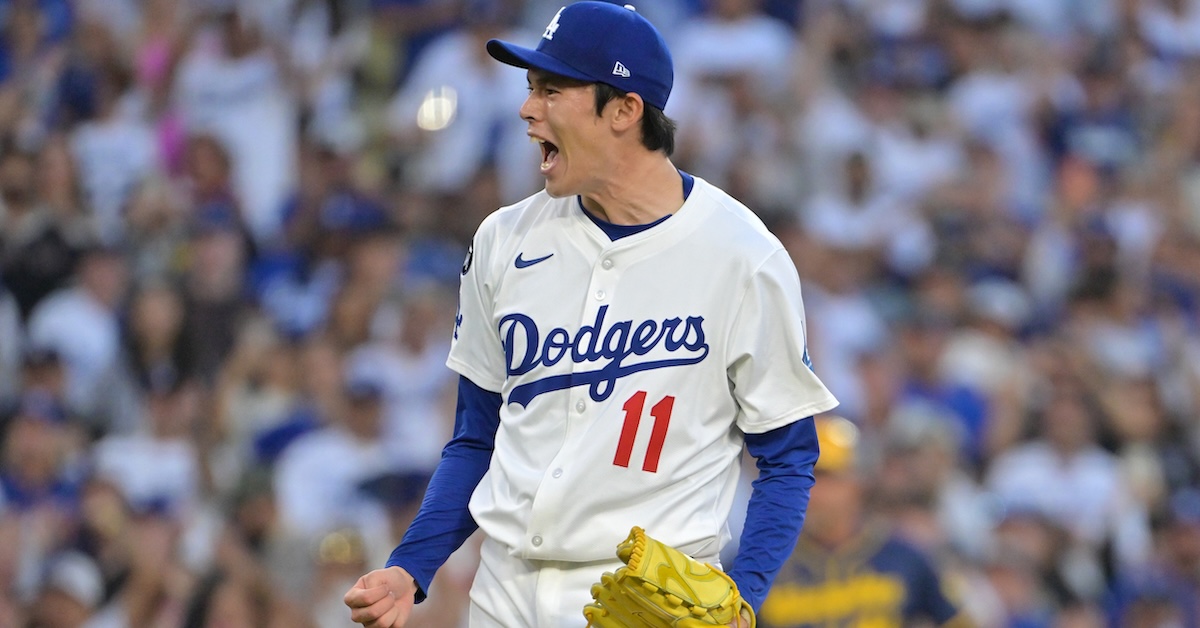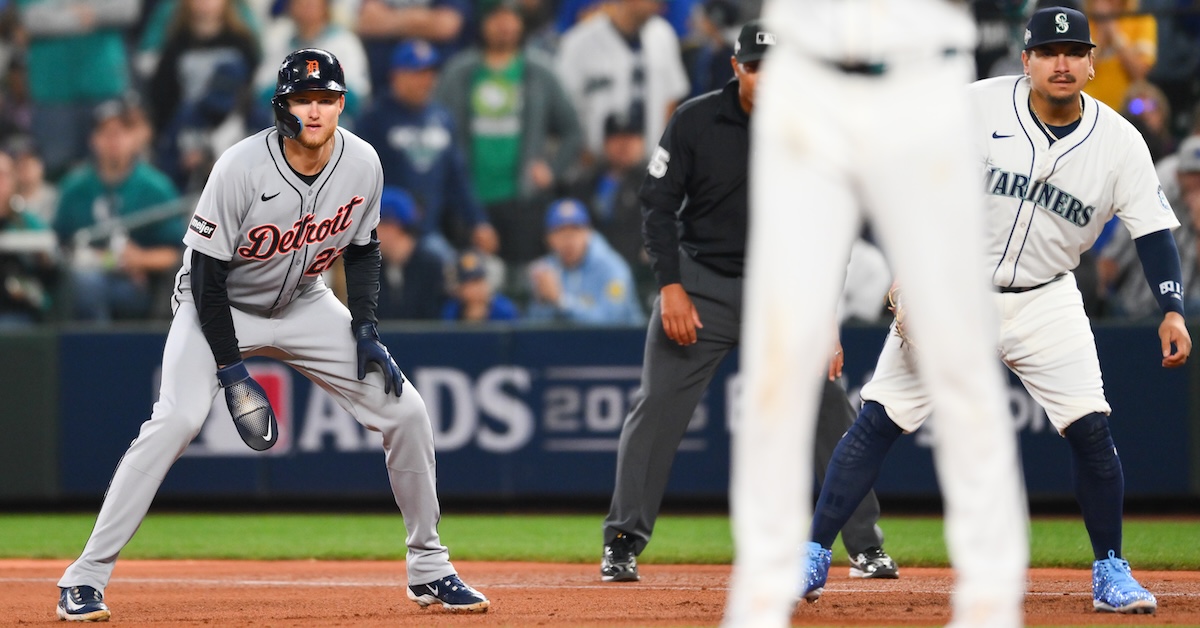By George, They’ve Done It
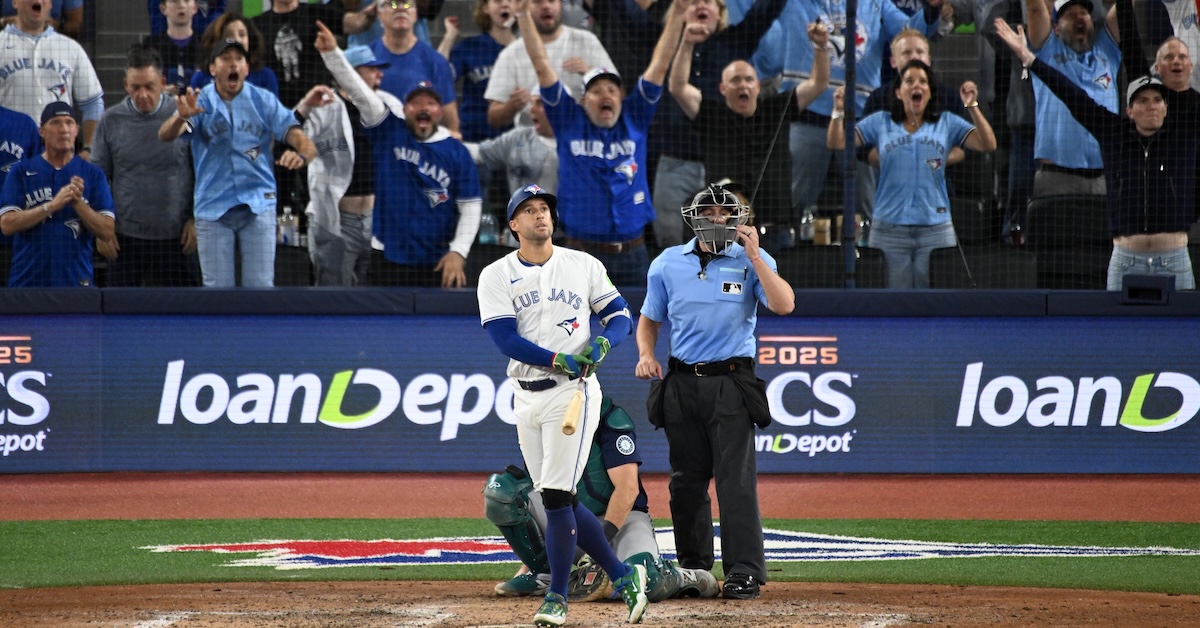
The Toronto Blue Jays are headed to their first World Series since 1993 after defeating the Seattle Mariners 4-3 in a tense seventh game, thanks largely to yet another seismic postseason moment forged by the bat of George Springer. Three nights after he was laying in a heap at home plate, having been kneecapped by an errant mid-90s fastball, Springer added to his already legendary postseason résumé with a three-run home run against, ironically, another fastball tailing in the direction of his knees. The blast was a microcosm not only of Springer’s season (by wRC+ he posted the lone below-average offensive season of his career in 2024, and then set a career-best in 2025) but also of Toronto’s as a group, as the Jays led the majors in comeback wins during the year.
Julio Rodríguez cut the ribbon on Game 7 with a leadoff double, and came around to score a few batters later when Josh Naylor ripped a single just beyond the outstretched glove of a diving Vladimir Guerrero Jr. Thereafter, Seattle’s first-inning rally was stemmed by one of the weirder double plays you’ll ever see, as Naylor did a 180 leap into Ernie Clement’s throw to first base and, after discussion, the umpires decided to rule both runners out, Naylor on the force and batter Jorge Polanco via Naylor’s interference.
Toronto responded with a run of its own in the bottom of the first. A Springer leadoff walk and a Guerrero single (it was fortunate for the Mariners that Guerrero’s 110-mph hit was only a base hit) set the table for an eventual Daulton Varsho RBI knock, but after that, Seattle controlled most of the game. Read the rest of this entry »
